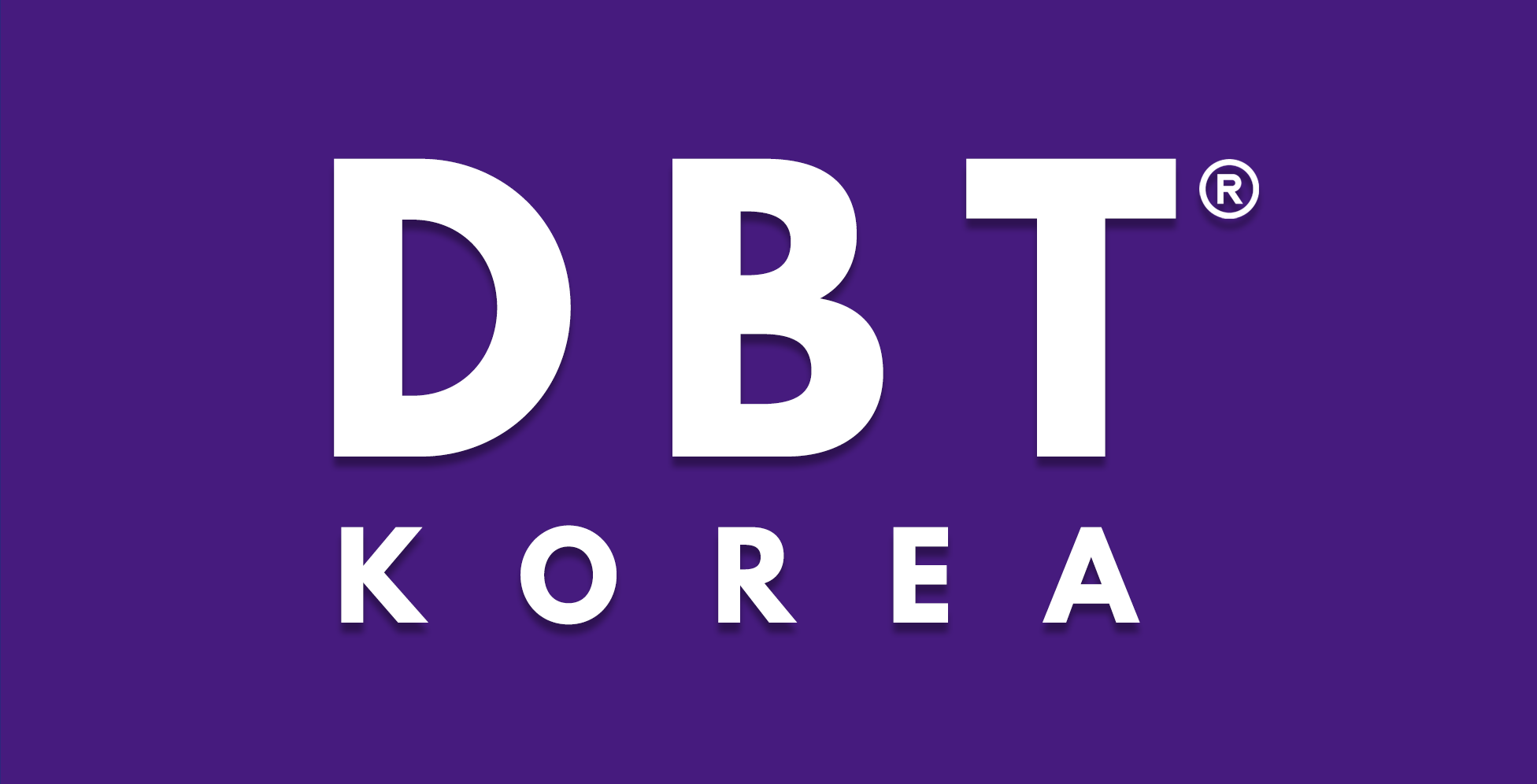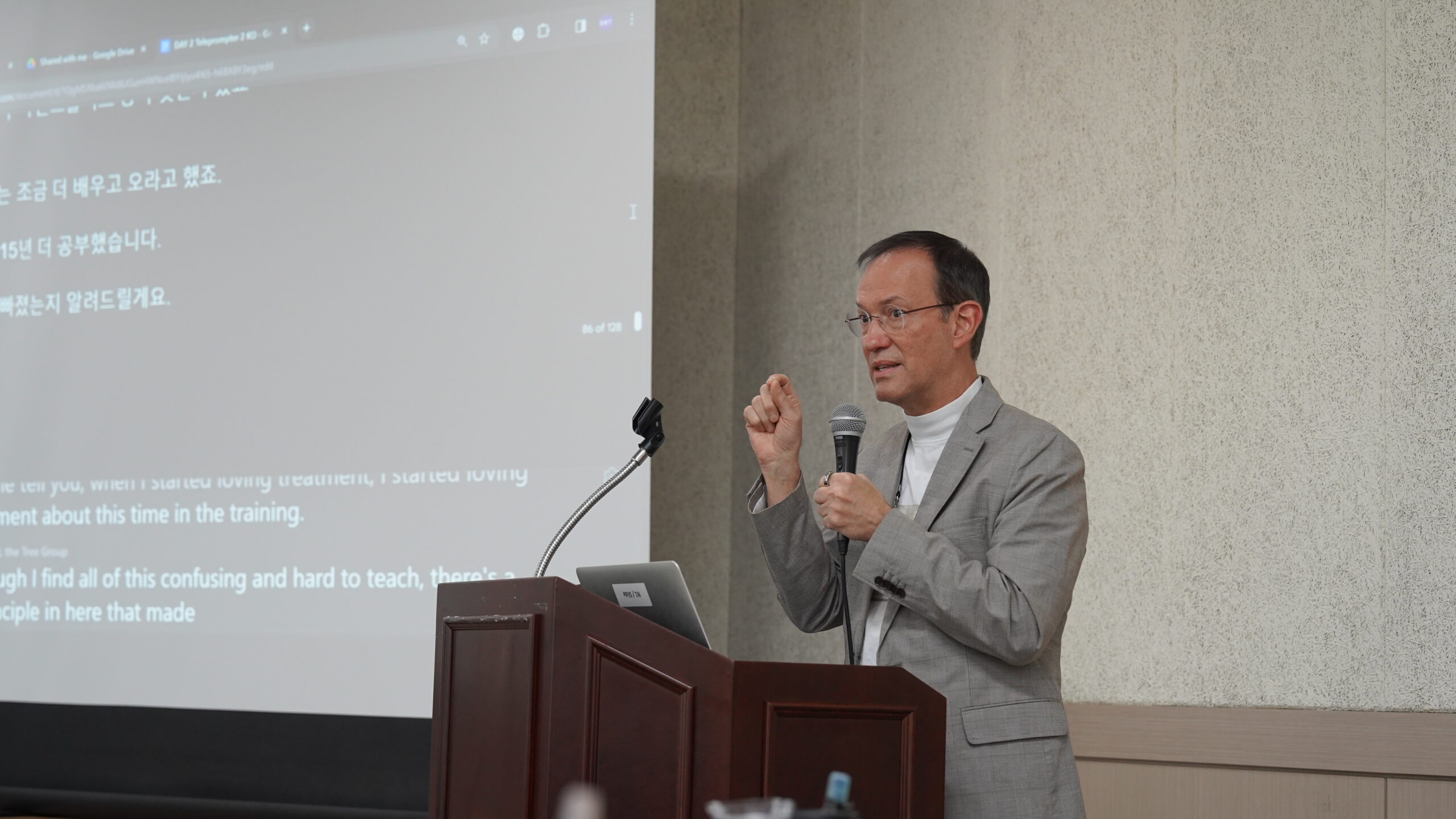
Dancing Towards Integration in Dialectical Dilemmas
Dancing Towards Integration in Dialectical Dilemmas
In this text, I will introduce how therapists in the DBT address the key dialectical dilemmas effectively within the therapeutic environment. Firstly, individuals with BPD exhibit various difficulties in emotion regulation and behavioral control due to the interplay between biological vulnerability and environmental risk factors (e.g., invalidating caregiving environment). Challenges in emotion and behavioral regulation sometimes manifest in dialectical and extreme forms. For instance, individuals experience the extremes of 1) increased self-esteem and proactive passivity, 2) non-validating self and emotional engulfment, and 3) emotional numbness due to suppressed emotions and crisis-inducing emotional outbursts.
These extremes are not only limited to individuals with BPD but can also be observed in all of us, influenced by our social environments. The concept of the ‘Superwoman Syndrome’ is a prime example. Common among women engaged in social activities, this syndrome entails the pursuit of flawlessly managing all tasks at home and work without revealing any signs of fatigue. It is attributed to a societal atmosphere that expects women to constantly perform well and not show vulnerability. This syndrome arises due to the inability to integrate the extremes of increased self-esteem and proactive passivity.
Such dialectical dilemmas also manifest in the therapeutic environment. Therapists must navigate the spectrum between 1) accepting the client as they are and encouraging change, 2) providing support while also urging self-compassionate demands for change, and 3) maintaining a steady core regardless of situations while adapting flexibly as required.
To address dialectical dilemmas that might arise in the therapeutic setting, I introduce the Two-step Dance (counter and correspond) strategy. Similar to choreography in dance, therapists must be skilled at moving between the extremes and integrating them within the therapeutic context. For instance, if a client presents difficulties and resistance in therapy, the therapist may start worrying if they’ve demanded too much, all while supporting the client’s progress in a validating manner. In such situations, the therapist should remember the Two-step Dance strategy.
Firstly, swiftly transform the client’s ineffective emotional expression into a more effective one, without stepping off the stage of their shared dance. This corresponds to the “counter” part of counter and correspond. For instance, the therapist can compassionately request the client to sit properly and make eye contact while acknowledging their current emotions.
Afterward, when the client attempts to engage in a more effective emotional expression while maintaining proper posture and eye contact, the therapist can offer gentle praise and support for the client’s progress. This corresponds to the “correspond” part of counter and correspond.
Thus, through these seemingly simple yet flexible and assertive actions, therapists can move between extremes like dancing and integrate them within the therapeutic environment. While therapists conducting DBT treatment might sometimes feel lost, continuously acquiring and practicing strategies like these can enable them to provide high-quality services with confidence.
DBT NOW
















